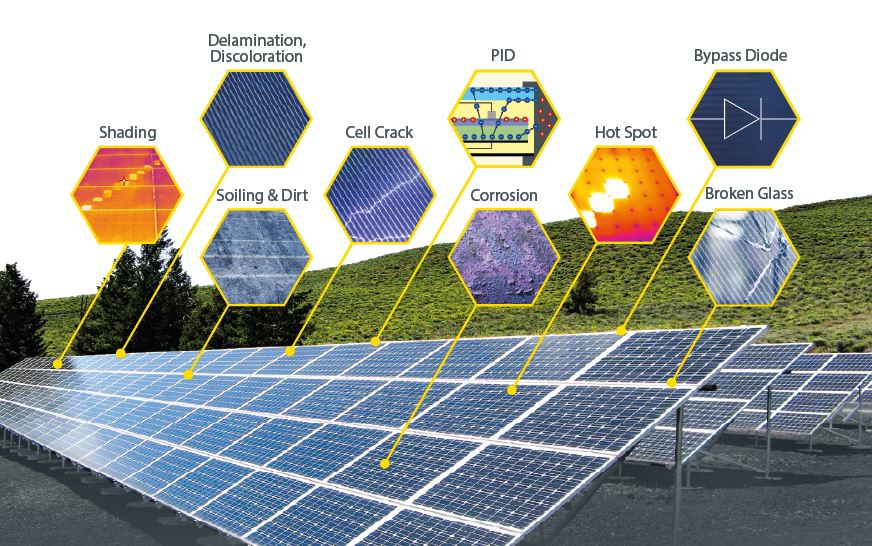
Solar Power Revolution: Illuminating the Path with Photovoltaic Technology Advancements
The evolution of photovoltaic technology has been instrumental in shaping the solar power landscape. This article takes a closer look at the recent advancements in photovoltaic technology, exploring how innovations are propelling the solar power revolution forward.
Understanding Photovoltaic Technology
Photovoltaic (PV) technology, commonly known as solar technology, converts sunlight into electricity. PV cells, typically made of silicon, absorb photons from sunlight, releasing electrons and generating an electric current. Understanding the fundamentals of this technology is crucial to appreciating the advancements that have propelled solar power into the forefront of renewable energy solutions.
Enhanced Efficiency through Tandem Solar Cells
One notable advancement in photovoltaic technology is the development of tandem solar cells. These cells stack multiple layers of materials with varying bandgaps, enabling them to capture a broader spectrum of sunlight. By leveraging different materials that absorb light at different wavelengths, tandem solar cells significantly enhance the overall efficiency of energy conversion, making solar power more potent.
Revolutionary Perovskite Solar Cells
Perovskite solar cells have emerged as a game-changer in the world of photovoltaics. These cells utilize a unique class of materials called perovskites, known for their exceptional light-absorbing properties. The ease of manufacturing and the potential for high efficiency make perovskite solar cells a focus of intense research. As advancements continue, perovskite technology holds promise for more cost-effective and efficient solar panels.
Flexible and Lightweight Solar Panels
Traditional solar panels are rigid and heavy, limiting their applications. Recent advancements include the development of flexible and lightweight solar panels. These thin-film solar technologies offer versatility, allowing them to be integrated into various surfaces, including curved or irregular shapes. This flexibility expands the possibilities for solar installations, enabling creative and efficient use of available space.
Bifacial Solar Panels: Capturing Light from Both Sides
Bifacial solar panels represent another leap forward in photovoltaic technology. Unlike traditional panels that only capture sunlight from one side, bifacial panels harness light from both the front and rear sides. This innovation increases energy capture by reflecting sunlight from surrounding surfaces, such as the ground or nearby structures. Bifacial panels enhance overall energy yield and are particularly effective in certain environmental conditions.
Improving Durability and Longevity
Advancements in photovoltaic technology also address durability and longevity. Researchers are exploring materials and manufacturing processes that enhance the resilience of solar panels against environmental factors such as extreme temperatures, humidity, and UV radiation. Improving the durability of solar panels contributes to longer lifespans, reducing the need for frequent replacements and enhancing the overall sustainability of solar power.
Innovative Transparent Solar Cells
Transparent solar cells are breaking new ground by transforming windows and glass surfaces into energy-generating assets. These cells can be integrated into building materials, allowing sunlight to pass through while generating electricity. This innovation holds significant potential for sustainable urban development, turning infrastructure into dual-purpose elements that provide both natural light and clean energy.
Smart Solar Technologies for Optimal Performance
The integration of smart technologies is optimizing the performance of photovoltaic systems. Smart solar inverters, monitoring systems, and predictive analytics contribute to efficient energy production and system management. These technologies enable real-time monitoring, remote troubleshooting, and data-driven decision-making, ensuring that solar installations operate at peak efficiency.
Advancements in Manufacturing Processes
In addition to breakthroughs in materials and design, advancements in manufacturing processes are driving down the cost of solar panels. Innovations such as roll-to-roll manufacturing, 3D printing, and automated assembly lines streamline production, making solar technology more economically viable. This cost reduction plays a pivotal role in making solar power accessible on a global scale.
The Path Ahead: Photovoltaic Technology Advancements
To stay updated on the latest developments in photovoltaic technology, visit Photovoltaic Technology Advancements. This resource provides valuable insights into the ongoing innovations, research, and trends shaping the future of solar power. By staying informed, individuals and industries can actively contribute to the solar power revolution and its role in shaping a sustainable energy future.

